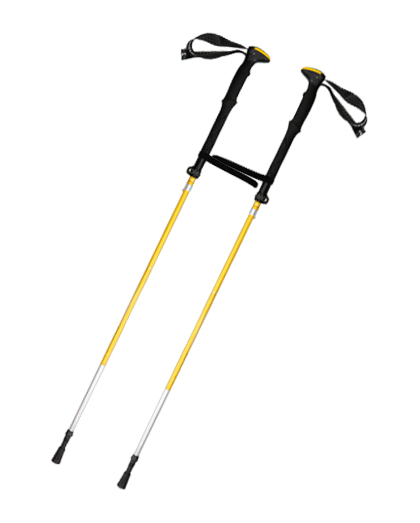

Cross country poles, also called ice skates, are an essential piece of equipment for any serious skier. Without cross country poles, many people would not be able to pursue their sport. However, there are many differences between cross country pole and ski pole, especially when it comes to size and weight. Knowing these differences can help you choose the best cross country pole for your needs, and one that you can wear all season.
Sizing: As a general rule, cross country poles should always be sized appropriately so they comfortably fit up to your skis when they're standing upright. Most skaters sizing chart information on the manufacturers websites, and in the stores generally, are approximate. Skating styles vary from brand to brand, so it's always a good idea to check with an expert (like a professional in the skiing industry) before buying to make sure the size is correct. On each product's page you'll find a size chart link to the exact size you need to buy.
Material: The biggest difference between cross country poles and skiing poles is the type of material used to produce them. Typically, cross country poles are made out of titanium or aluminum. Titanium is generally lighter than aluminum, which is good if you're going to be using the poles in harsh, desert conditions. However, since they cost more money, aluminum is better if you're just looking for a light weight, long lasting product that won't break the bank when you need it most.
Price: Cross country poles can range in price significantly. Because of their unique construction, they usually come in higher end quality sets, whereas skiing poles don't have this luxury. However, because they're so popular, companies are coming out with new versions all the time to keep up with the latest trends in skiing. This means that if you want a good deal, or even a set that will last several seasons, you should consider purchasing a high-end cross country poll, rather than a cheaper, lower end skiing or snowboarding ski pole.
To test how well a pole will perform in your own particular environment, you'll need to try it out in various environments: groomed trails, rough terrain, etc. You should be able to tell within a couple of feet of the ski pole whether or not it will hold up in these different types of conditions. It will be important, however, to choose the type of skiing or snowboarding trail you'll be using the pole on. If you're looking for a simple family ski vacation, you can probably get by with a much less expensive, less bulky, and lower quality model. However, if you're planning to travel off-piste and into more challenging terrain, you might want to invest in a more durable, strong, and stable model. If you only plan to use the pole on groomed trails, check to make sure it can handle being pulled through gorges, over obstacles such as logs, or up steep, loose snow slopes.
Many ski poles come with different accessories, such as rope ladders and removable carry handles. Some are designed specifically for carrying an oar, or a pair of skis, in addition to your barefoot. Others include harnesses and pouches to help you carry your gear and carry out other tasks while on the slopes. Choose the accessory you most need and buy the largest size available. Many models come with two removable straps, one for carrying your skis and the other for attaching to a waist harness. This is especially handy when going out in bad weather or in very cold conditions: being able to quickly pull your ski pole through a crevasse will give you a much better skiing experience.
